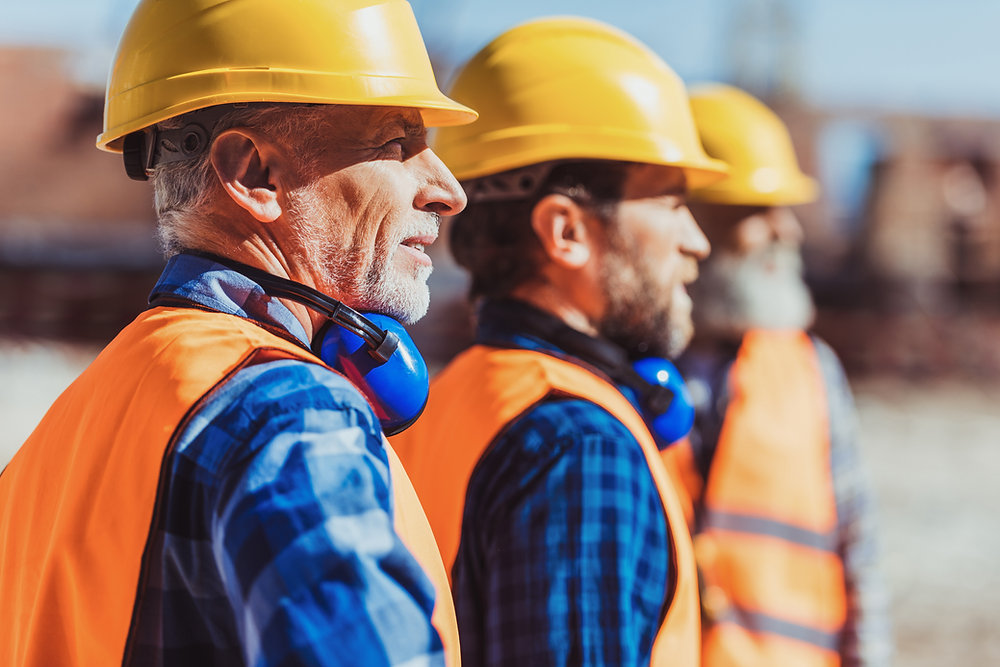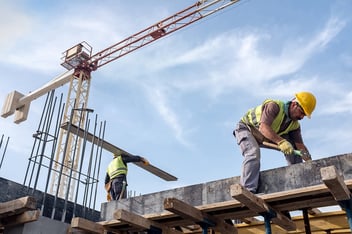There is a tremendous need to focus on safety in construction and one of the biggest challenges is getting workers interested in covering new topics beyond what they're used to. Regardless, if you want your employees and job sites safe, you have to take the initiative and hold regular safety meetings.
Aside from just organizing the meetings, it's important for project managers to physically attend regular safety meetings with your team so that you can ensure they are receptive to what's going on. Ideally you'll want to come up with relevant topics for toolbox talks, that cover both current and future events, in order to head off accidents and injuries early.
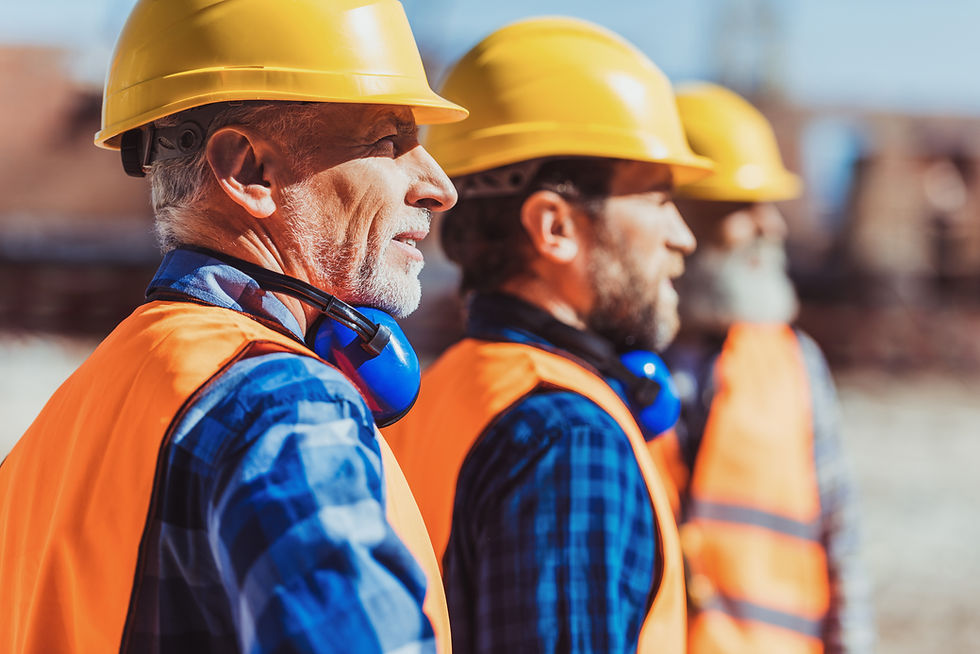
But how can you ensure that your workers are interested? The best way is to come up with relevant topics for your safety talks and encourage participation from all workers in attendance. Come up with short quizzes to test worker knowledge, and praise employees who show a keen interest to learn more.
What are toolbox talks and why should they matter to you
A toolbox talk is a quick gathering to discuss safety topics for construction at a work site, and is typically held first thing in the morning. These meetings should only take about 15 minutes. Meetings that last longer than this tend to lose the interest of everyone who's listening and can lull workers into a non-receptive state.
Toolbox talks shouldn't always end with a review or quiz, but it's good to periodically have them to keep workers on their toes. These meetings are key to help construction crews identify safety hazards, prevent injuries, and communicate the importance of safety.

As we all know, the construction industry has many names for things and Toolbox Talks are no different. Here are some alternate words that are commonly used to describe these meetings:
-
Safety Brief
-
Safety Meeting
-
Safety Talk
-
Tailgate meeting
As a business owner or a project manager, promoting a healthy and safe work environment is key. Regular safety and new-hire meetings help you teach your employees about site-specific hazards, provide important updates on company policy, and remind everyone of the significance safety plays in the workplace.
10 common construction safety topics to discuss at your next meeting
Note: Although these 10 topics are universal and apply to most jobsites, you should keep in mind that there are other things you may want to address if your project involves unusual or specialty work.
1. PPE (Personal Protective Equipment)
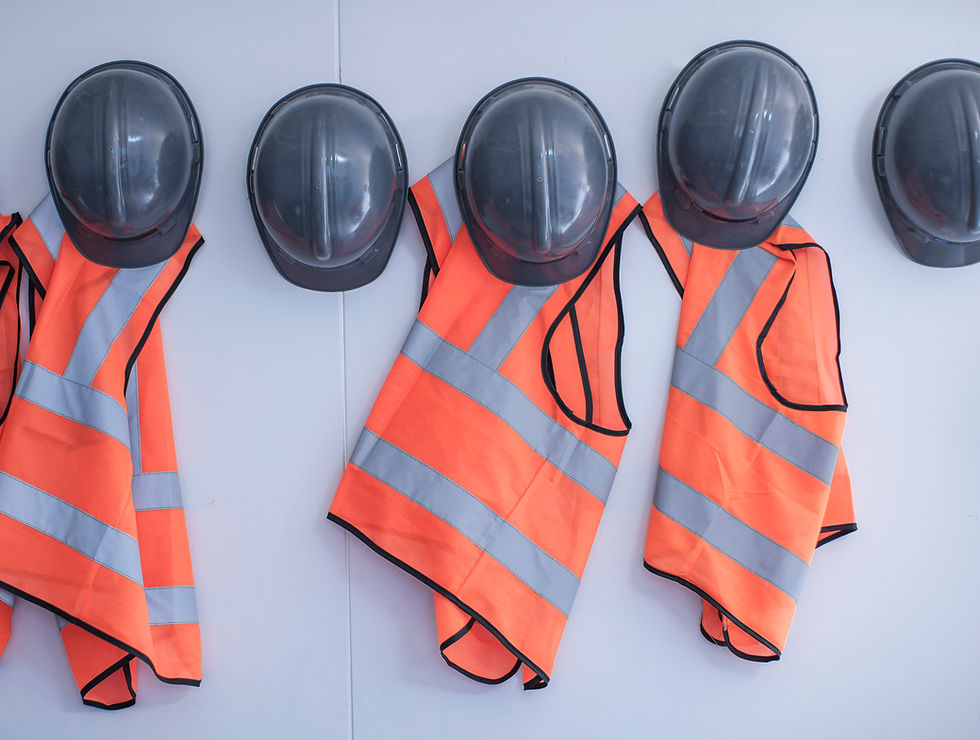
The construction industry utilizes Personal Protective Equipment (PPE) in many different forms. It depends on what jobs are being performed at the time. If you do not have adequate and functional PPE for your workers, you risk accidents as well as increased violations of safety laws.
Some common examples of PPE include:
-
Skin protection
-
Respiratory protective equipment
-
Protective eyewear
-
Helmets or other headwear
-
Ear plugs/muffs
-
Protective footwear (steel toes)
-
Protective bodywear (gloves, coveralls etc.)
-
Fall protection (harnesses)
Personal protective equipment needs to meet a certain set of requirements in order to be safe, and all PPE should be inspected regularly so you know when it's time for replacements or repairs.
One way to ensure that all PPE gets inspected is to have your workers attend the meeting with their PPE. For example, if you think everyone may need a new hard hat or goggles, you can have all the crews report with their gear on in order for it to be inspected and verified regularly.
All of your staff should know what PPE is and how it's used. They should also know what each piece of PPE is for and what it's not suitable for.
2. Falling object hazards
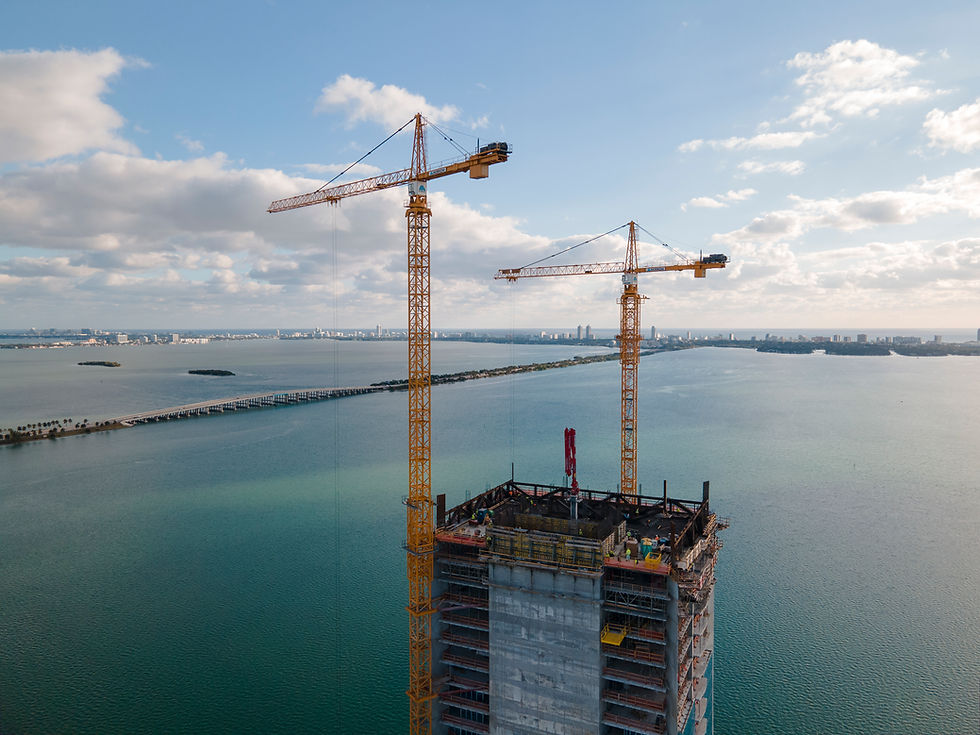
Despite being a part of OSHA's (Occupational Safety and Health Administration) 'fatal four', which is responsible for thousands of construction-related deaths and injuries a year due to impact and contact, falling objects are often overlooked. That's why it's vital to educate workers to be aware and not work around a location where any object could fall or be thrown in their direction.
For example, there is a potential for serious physical harm when something as small as bolts are dropped from a high place, even if a worker is wearing a hardhat.
During your toolbox talks, make sure your workers understand the importance of recognizing and removing potential hazards. This can include discussing options such as nets, safety barriers, or tethers/lanyards to prevent dropped tools.
3. Fall protection
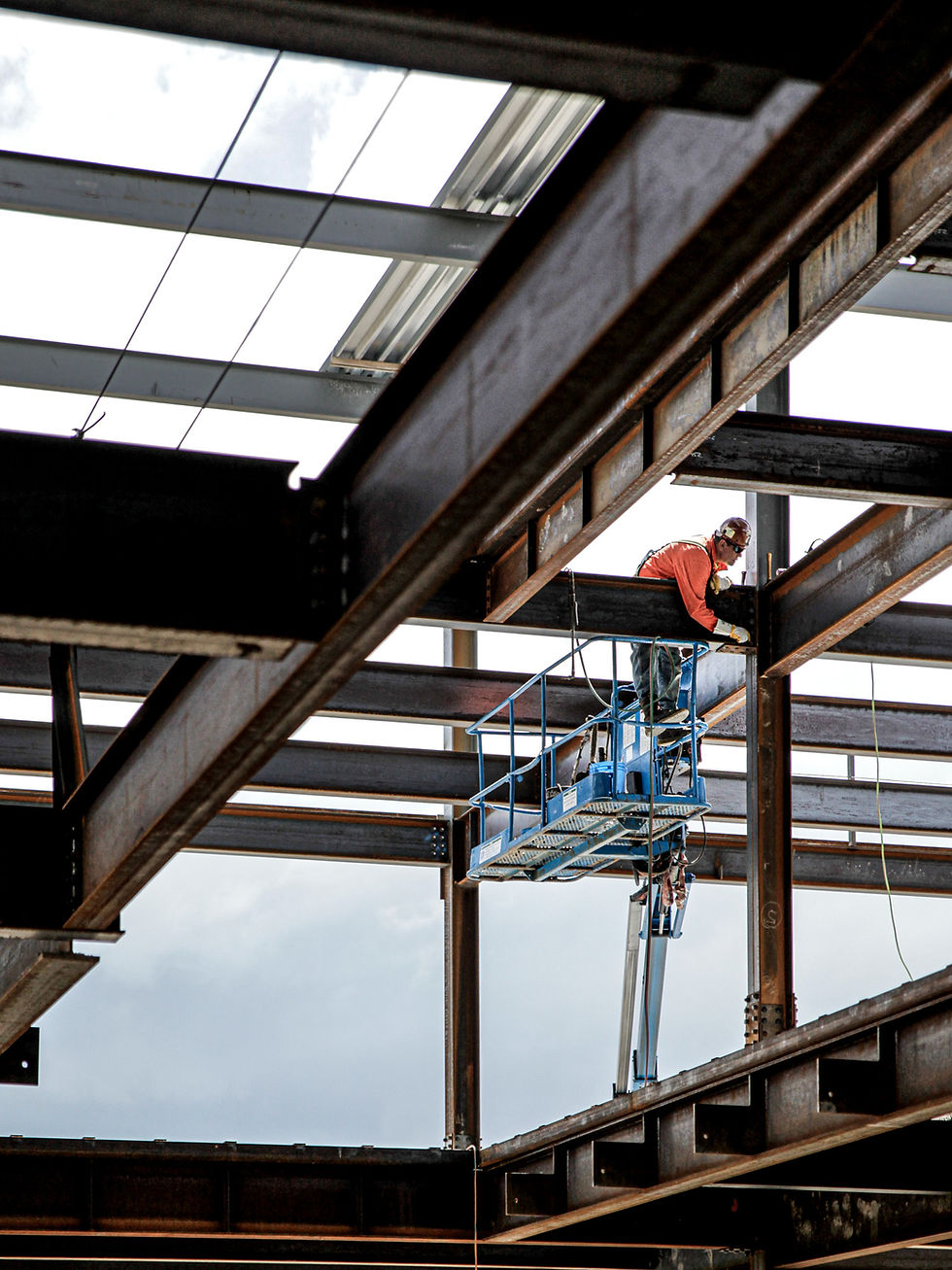
Poor work conditions and poor decisions can lead to falls in the workplace, which is another one of the fatal four. Thousands of construction professionals suffer these types of falls every year, with PPE failure also being a culprit from time to time.
To minimize the risk of fall, it's important to review with your crew members what jobs have fall hazards and which ones are more risky. Determine methods for preventing falls such as safety harnesses, anchor systems, netting, or guardrails/barriers. Ask your workers if any of the current safety equipment needs to be repaired or replaced.
4. Proper lifting, carrying, and material handling techniques
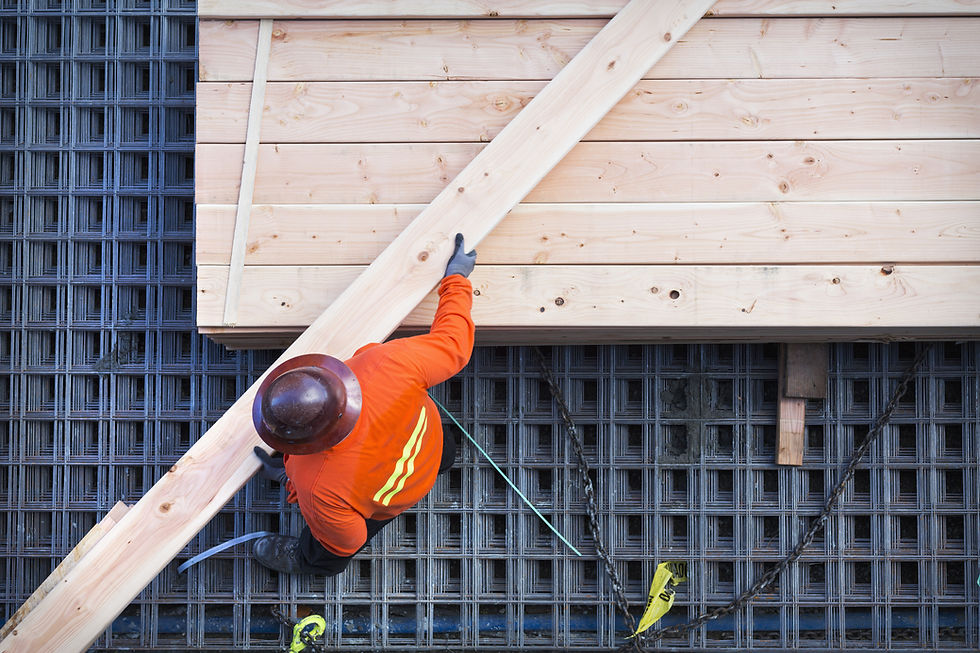
Although it may not seem like there are many reasons to mention lifting, carrying, and handling objects in a construction safety meeting, there is a lot of potential for serious injury when it comes to these things.
When lifting or carrying, use a wide stance and maintain an upright posture. During these motions you should maintain soft knees, a tension-free neck, and eyes looking straight ahead. Avoid bending all the way down at your waist.
This is the level of detail that is required in order to properly educate your workers. Simply telling them how to lift things using their legs rather than their back is too vague and doesn't ensure the proper technique is used. Furthermore, it's essential to explain the long-term effects of lifting incorrectly, and ensure that your crews are using the necessary tools when handling awkward materials or carrying heavy objects.
5. Slips, trips, and falls
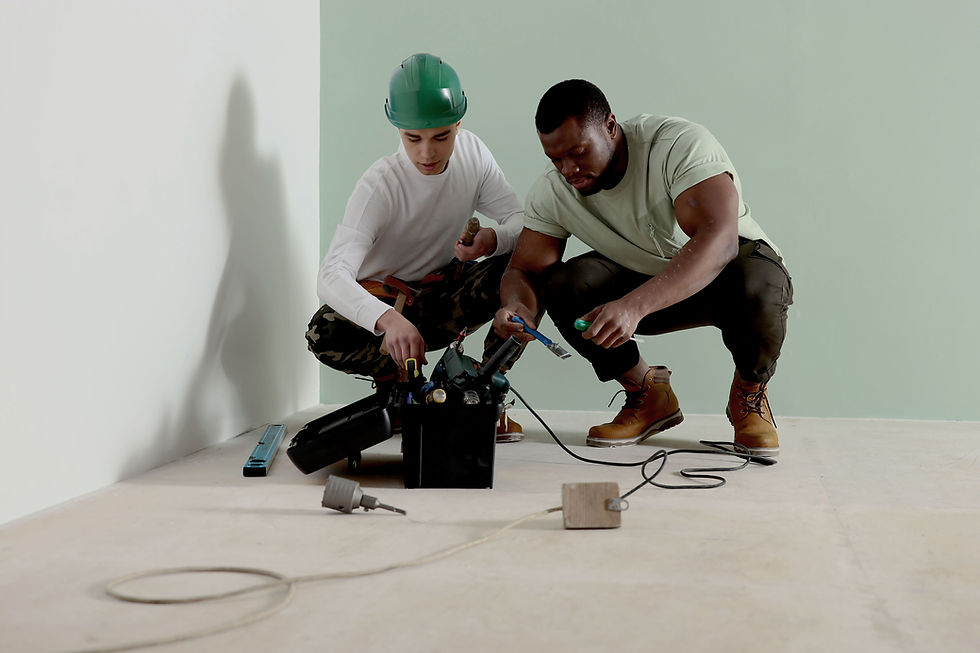
Many hazards can be found on construction sites, leading to slips and trips. However, accidents happen more often due to someone not paying attention. Be vigilant of potential hazards and how they could affect your crew.
When you talk about putting things away and being aware of your surroundings, remind them that it's important to place tools, equipment, and other items in their proper location.
Another one of the fatal four is workers who find themselves pinched or crushed between two objects. This can occur due to a slip or a fall, but this often proves to be fatal due to the sheer size of the material that can be present. Therefore it's essential to always work in pairs around these hazards, and always have a system in place that constantly ensures that the workers are free of danger.
6. Electrical hazards
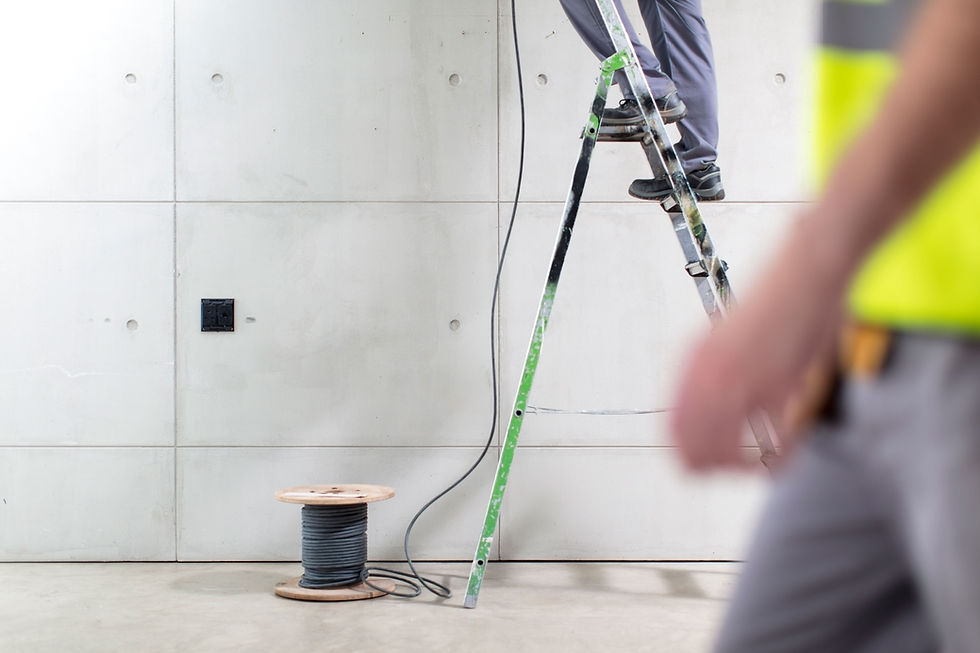
Electrical injuries are also among the fatal four for construction workers because, while they’re not as common as falls, they can easily happen and prove fatal. Therefore it's important to talk about electrical dangers in your safety meetings and go over what workers should do if they come into contact with electricity.
It's important to note, that you don't have to be an electrical contractor to discuss electrical hazards. Electrical wires and equipment are found everywhere on a project and can be very hazardous to deal with for anyone. They can not only kill you, but they can also cause fires and electrocution. That's why it is important to have a professional deal with any electrical issues.
7. Hazard identification procedures
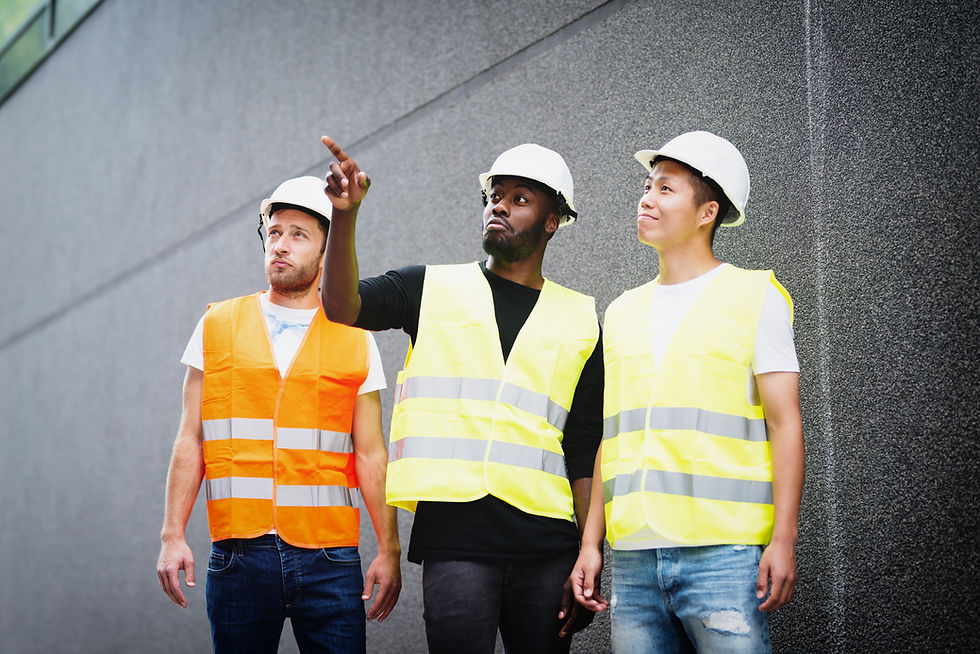
All job sites have safety hazards, but projects can differ in the type of tools, surroundings, people, and environments that are present.
During your safety meetings, make sure you cover the basics with your crews. Make sure they know about all the different safety hazards that exist, and what to look for and how to report them if they happen to discover new ones.
8. Lockout and tag-out procedures
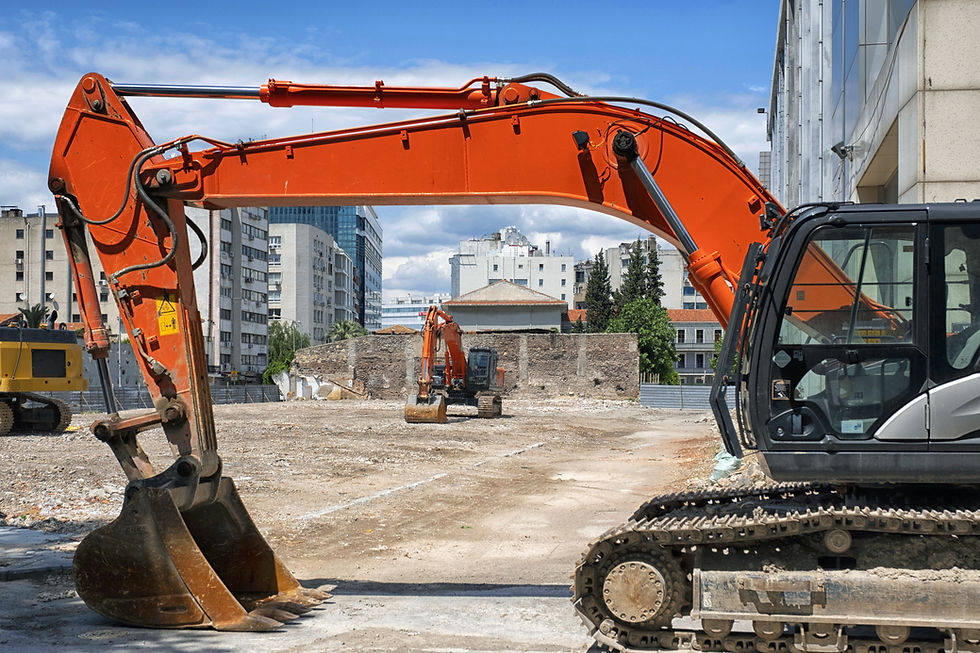
Lockout and tag-out procedures are an important part of safety. These procedures will show you how to keep yourself and others safe when working with equipment. You'll also see what steps to take if something goes wrong.
Equipment in your work site may require servicing, and those qualified to do so should be instructed on the standards of lockout. Take time to go over protocol with your teams, so they know how to protect anyone who services equipment.
A tag-out helps identify who's last touched or worked with a given piece of equipment or item. These practices are important for the safety of your construction workers, so be sure to mention them at your next safety meeting.
9. First Aid
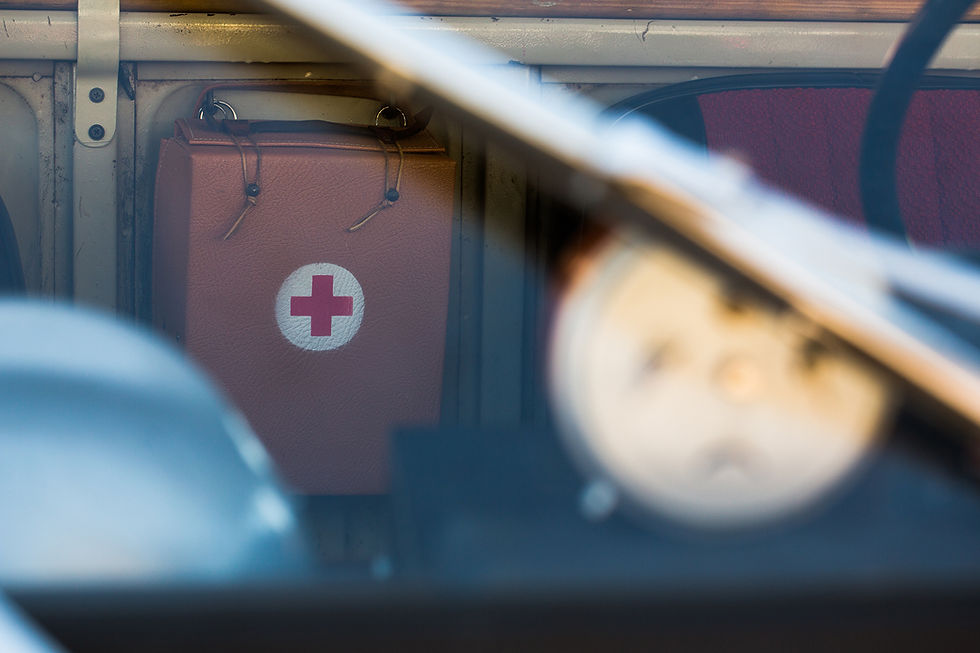
When it comes to handling first aid, go over the basics: dressing wounds, tending to burns, and flushing eyes. Discuss specific challenges that might be unique to your workplace, and designate a person to ensure the first aid kits required by OSHA are up-to-date.
Talk to your employees about safety in construction. Basic first aid guidelines, like CPR and the Heimlich maneuver, should be commonly known. However, some industries require specialized training that OSHA mandates, such as logging operations or shipyard work.
10. Fire Risks
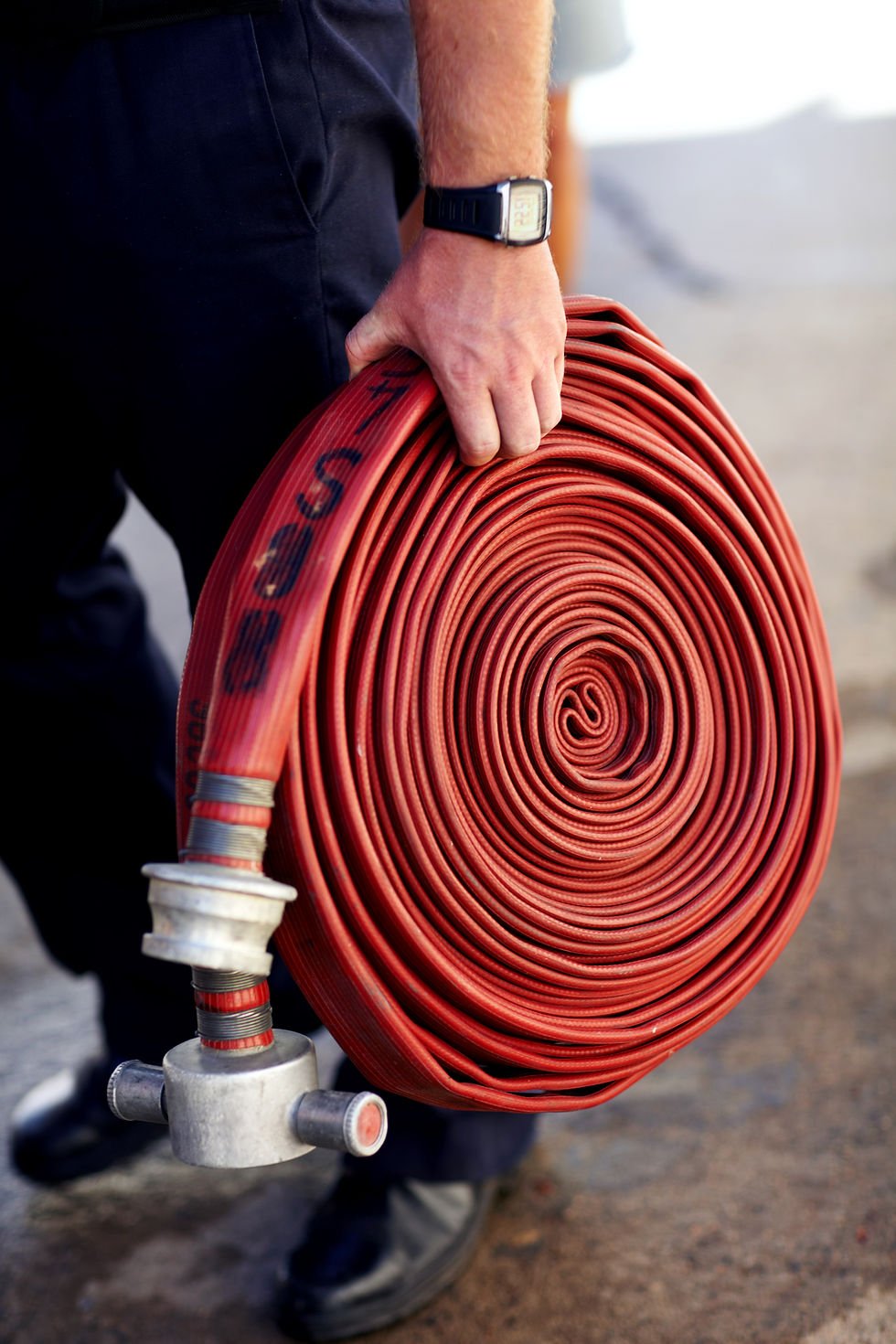
Construction sites have the highest risk of fire, which is why construction fire risks should be discussed at every meeting. Fires at construction sites can cause severe injury or death and result in vast amounts of property loss and damage.
Construction site fires are commonly caused by the following factors:
-
A sudden power outage or electrical malfunction
-
Improperly discard materials or products such as compressed gas cylinders
-
Cutting/welding too close to combustibles without proper spark watch
-
Unattended equipment
-
Uncleanly workspace (for example not sweeping away sawdust)
-
Misuse of materials, tools, or products
In order to reduce the risk of fire on your jobsite, it's essential to review potential hazards with your workers and go over the proper methods and procedures to handle these unforeseen events.
Always remember, the goal is to keep EVERYONE safe
Toolbox meetings are an important element in keeping everyone on the project safe. Therefore it's essential to always cover all hazards, including new ones, before anyone starts their work. Ideally you should start each work day with a quick 15 minute safety meeting which addresses all past and current issues, and informs workers of these crucial topics.



